How Soil Conditions
Damage Foundations
All structures built on soil experience settlement, the downward movement of the soil when a load is applied to it. However, different soil conditions don’t respond to loads in the same way. Learn how these conditions can impact foundations and everything above them.
Soil Conditions and Damages
Scroll down to see four soil conditions. Hover over the soil samples to view damage associated with them. Click on the images to learn how soil can impact a home's foundations. This infographic works best with desktop.

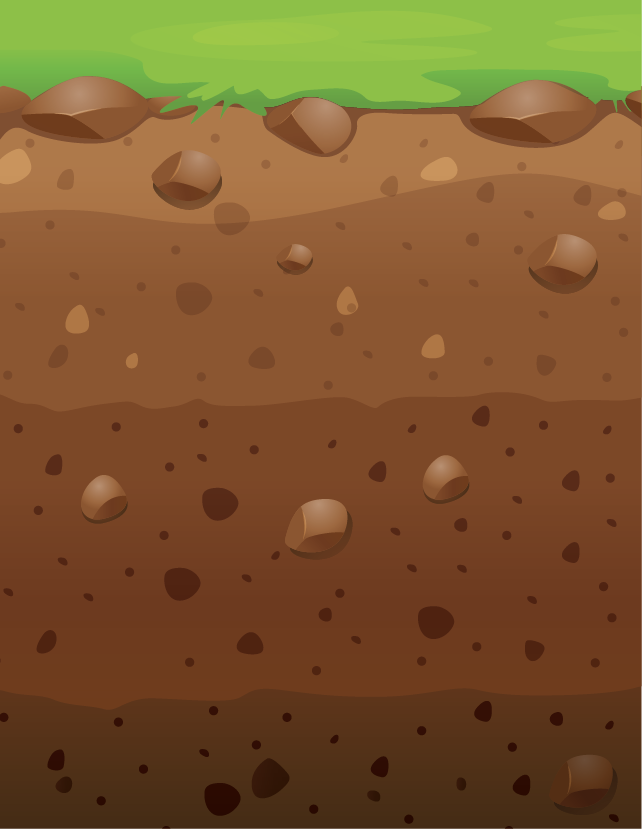
USUALLY NO
DAMAGE
UNIFORM
SETTLEMENT
Uniform settlement, where the soil under a home settles at the same rate, typically does not cause structural damage.
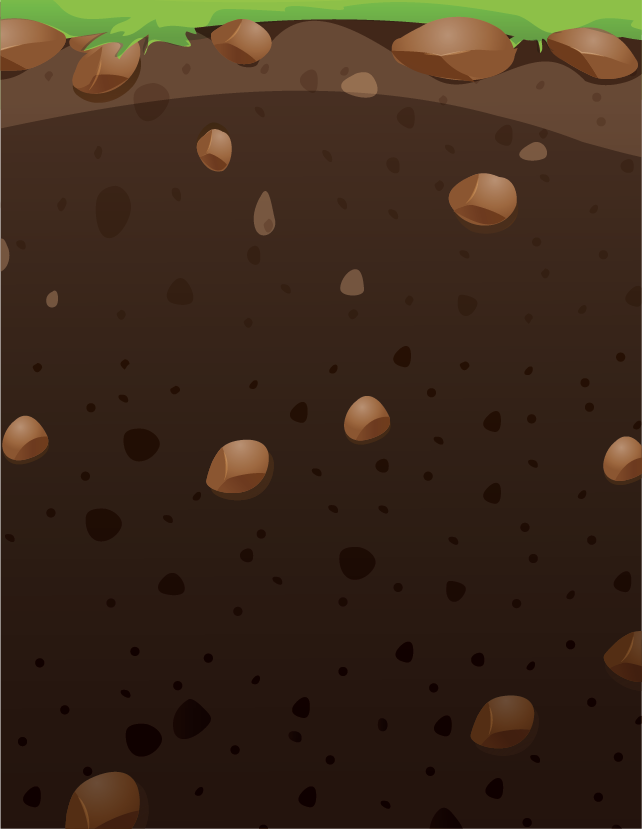
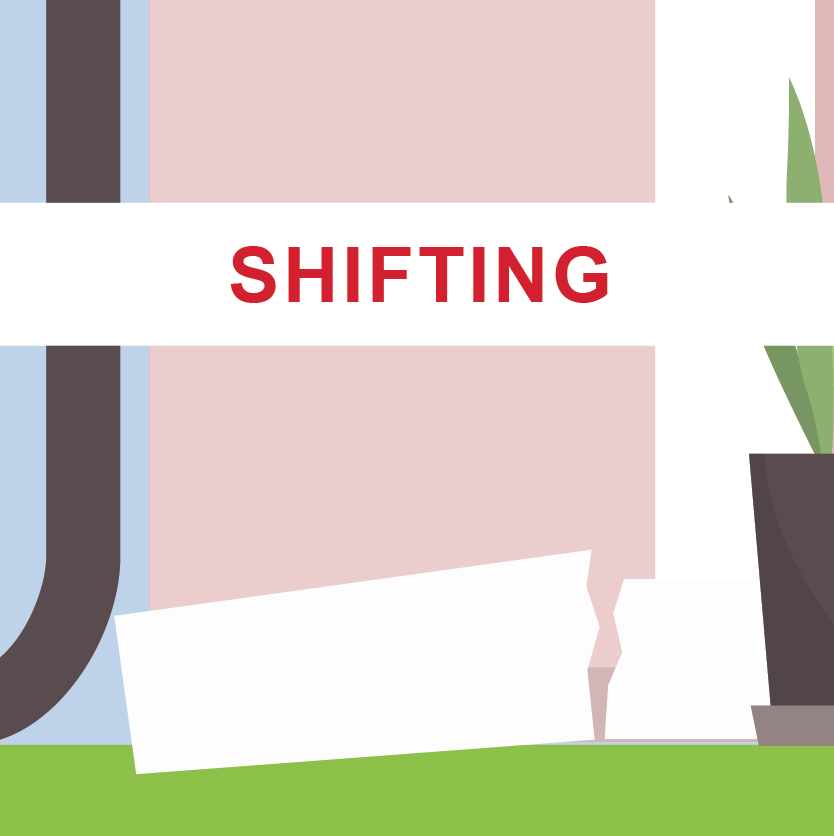
MOISTURE
Soils that are saturated with moisture have a greatly reduced ability to support a load. Click to learn more.
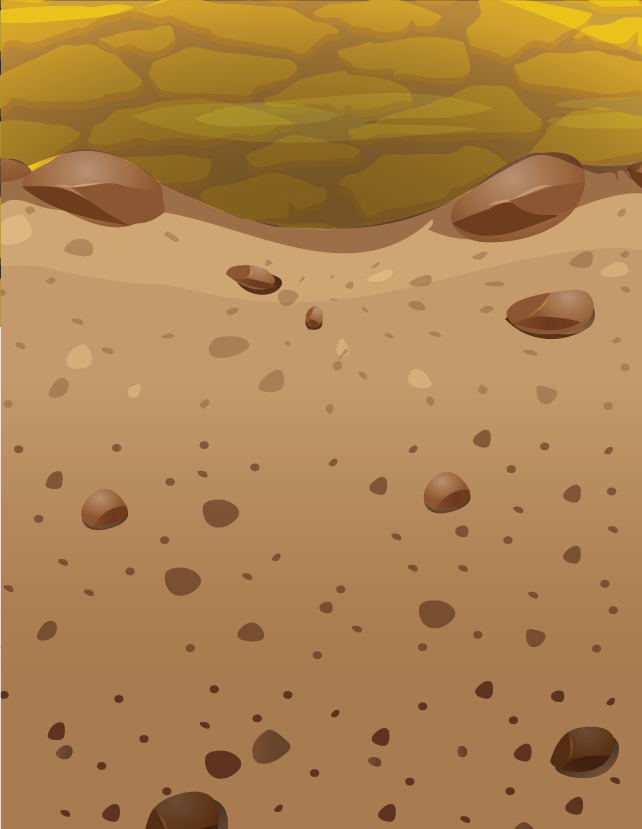
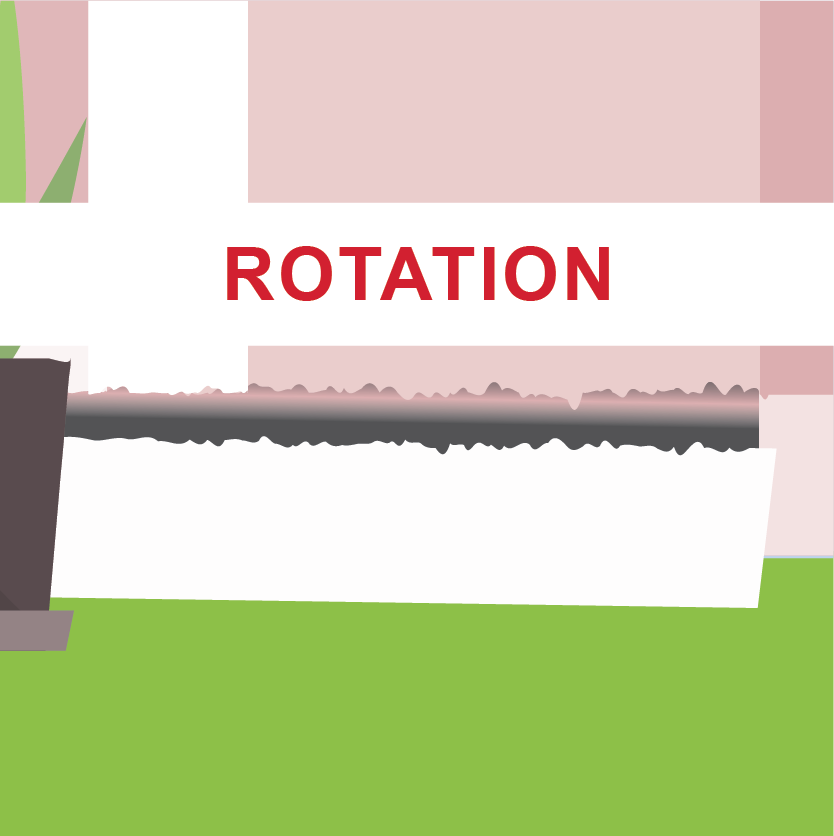
DROUGHT
Significant drying of soil due to lack of rain causes the soil to shrink. Click to learn more.
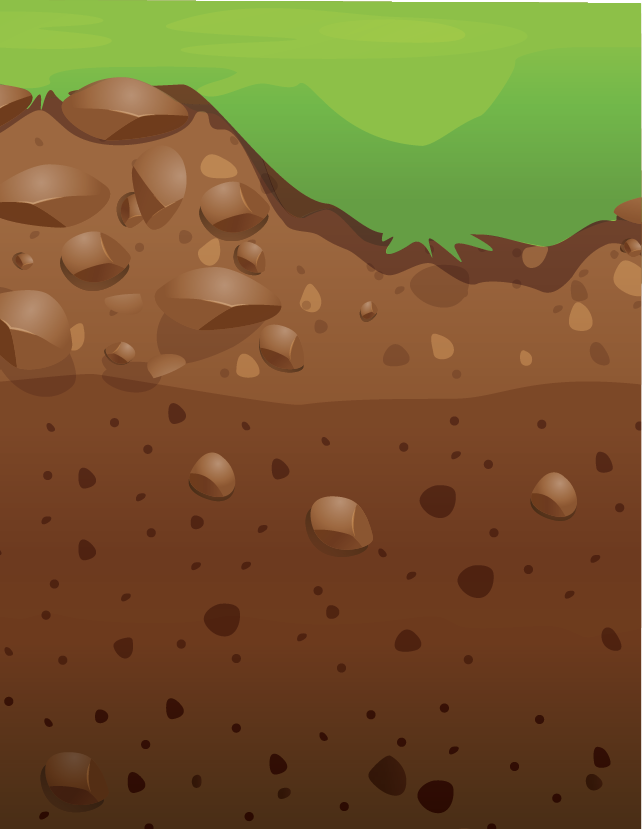
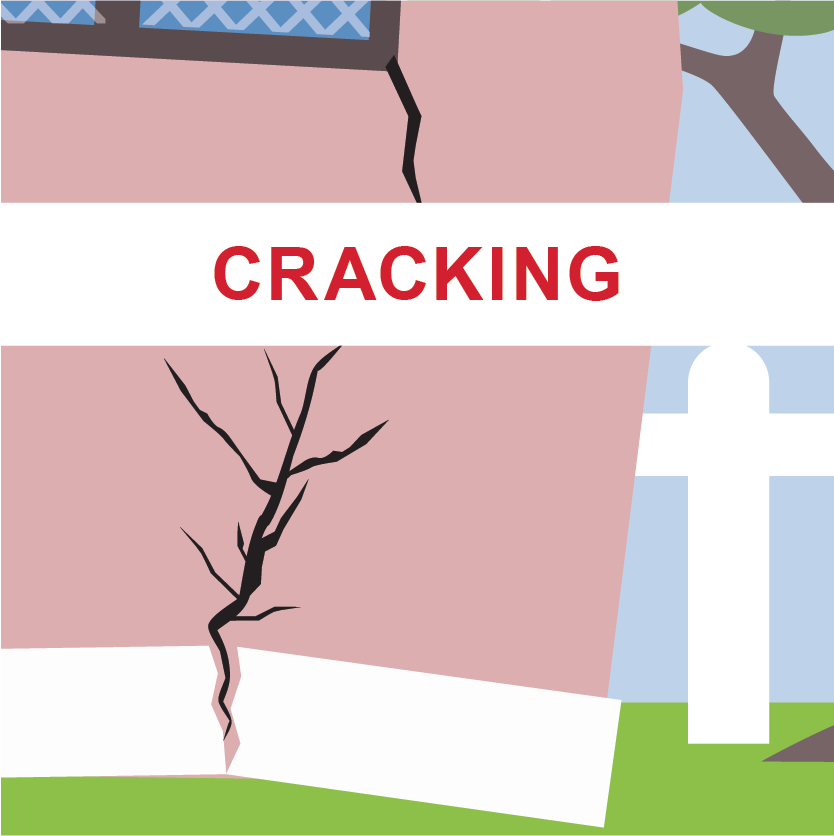
DIFFERENTIAL
SETTLEMENT
Differential settlement occurs when improper construction practices, earthquakes, or mixed soil lead to a variable rate of settlement. Click to learn more.
UNIFORM SETTLEMENT

MOISTURE

DROUGHT

DIFFERENTIAL SETTLEMENT
Differential settlement occurs when improper construction practices (such as poor backfill materials), earthquakes, and/or other mixed-composition soil lead to a variable rate of settlement. This may cause cracks in the foundation, interior or exterior wall coverings, masonry veneers, unlevel floors, leaning walls, and unlevel rooflines.
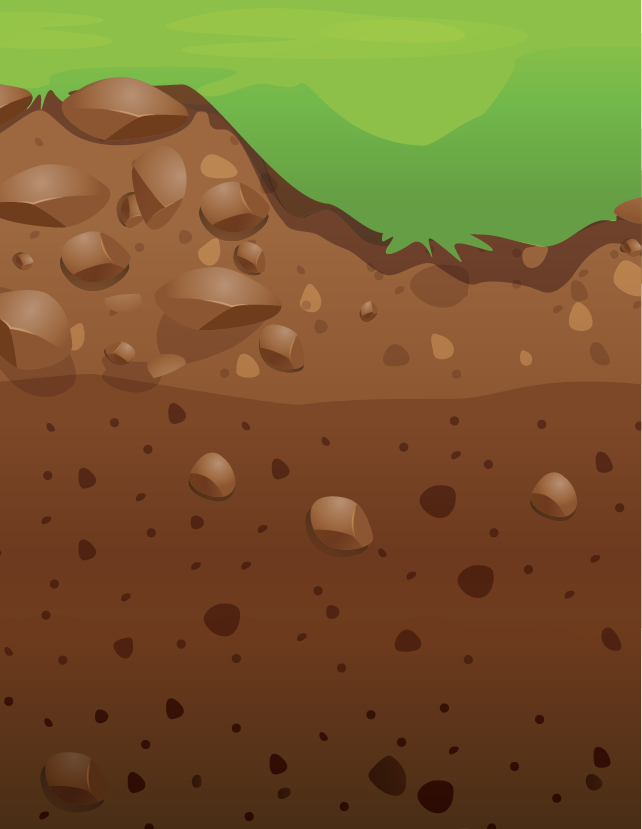
GOING FURTHER
Moisture exposure is a leading cause of residential foundation damage, and the trouble doesn’t stop there. An investigation by an expert may be required to confirm moisture exposure, its duration, and the full scope of the damage. Click the button below to submit a project, or to read our article and learn more about this serious peril.